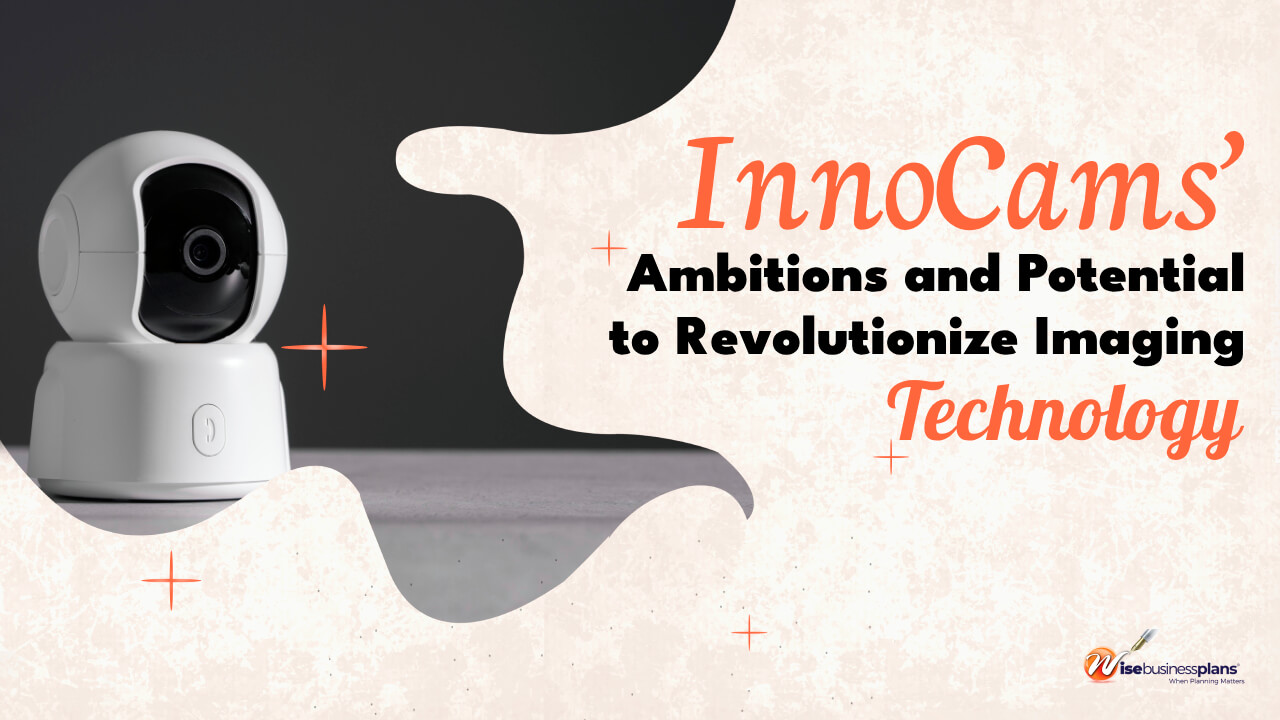InnoCams’ Ambitions and Potential to Revolutionize Imaging Technology
Table of Contents
- Key Highlights
- What Are InnoCams, and How Do They Operate?
- Thinking to start your own business?
- Types of InnoCams
- HD IP Cameras:
- Thermal Cameras:
- 4K IP cameras:
- 360-degree cameras:
- PTZ cameras:
- License plate cameras:
- Body-worn cameras:
- Action Cameras:
- Sports Cameras:
- Wildlife Cameras:
- Here's a brief overview of how they work:
- Free Business Plan Examples
- What are the potential applications of InnoCams?
- Improving Medical Imaging:
- How Are InnoCams Being Used in the Real World?
- 1. Medical Imaging Advancements:
- 2. Security and Surveillance:
- 3. Industry 4.0:
- 4. Autonomous Vehicles:
- 5. Environmental Monitoring:
- 6. Precision Agriculture:
- 7. Entertainment and Gaming:
- Benefits of Using Innocams
- What are the challenges and limitations of InnoCams?
- 1. Cost:
- 2. Privacy Concerns:
- 3. Data Processing:
- 4. Environmental Impact:
- 5. Security Vulnerabilities:
- 6. Ethical Concerns:
- 7. Regulatory Hurdles:
- What Is the Future of InnoCams?
- 1. Enhanced Accessibility:
- 2. Miniaturization:
- 3. AI Advancements:
- 4. Sustainability Focus:
- 5. Ethical Frameworks:
- 6. Integration with IoT:
- Conclusion
In the world of technology, sometimes amazing new things suddenly appear and change the way we live and work. One of these cool new things is InnoCams. In this blog post, we’ll dive into what InnoCams are, how they work, what we can use them for, how they’re being used in the real world, the problems they might face, and what could happen with this exciting technology in the future.
Imagine a world where everything around you can become a canvas for your imagination. InnoCams make this possible. They’re a type of technology that’s shaking things up, and we’re here to explore what they’re all about. So, let’s take a closer look at InnoCams, from how they work to the cool things they can do and what challenges they might encounter. It’s going to be an exciting journey!
Key Highlights
- Revolutionizing Imaging Technology: InnoCams represent a groundbreaking leap in imaging, merging advanced hardware and AI to capture, process, and utilize data in real time, impacting industries from healthcare to security and beyond.
- Diverse Applications: From enhancing medical imaging and security systems to optimizing industrial processes and contributing to autonomous vehicles, InnoCams find applications across a broad spectrum, offering rich, real-time data in varied scenarios.
- Challenges and Future Outlook: Despite their transformative potential, InnoCams face hurdles like cost, privacy concerns, and data processing. However, ongoing advancements in AI, miniaturization, sustainability, and ethical frameworks promise a future where InnoCams become more accessible, versatile, and ethically aligned with societal needs.
What Are InnoCams, and How Do They Operate?
InnoCams, which is an abbreviation for Innovative Cameras, represents a new frontier in imaging technology. These cutting-edge cameras are designed to capture and process images in ways that were previously thought impossible.
To achieve their extraordinary functionality, InnoCams make use of a combination of hardware and software innovations. They employ advanced algorithms, sensors, and processing techniques to enhance their capabilities.
InnoCams utilize a combination of hardware and software innovations to achieve their remarkable functionality.

Thinking to start your own business?
Don’t know how to write a business plan?
Types of InnoCams
Here is a brief explanation of the types of cameras offered by InnoCams:
HD IP Cameras:
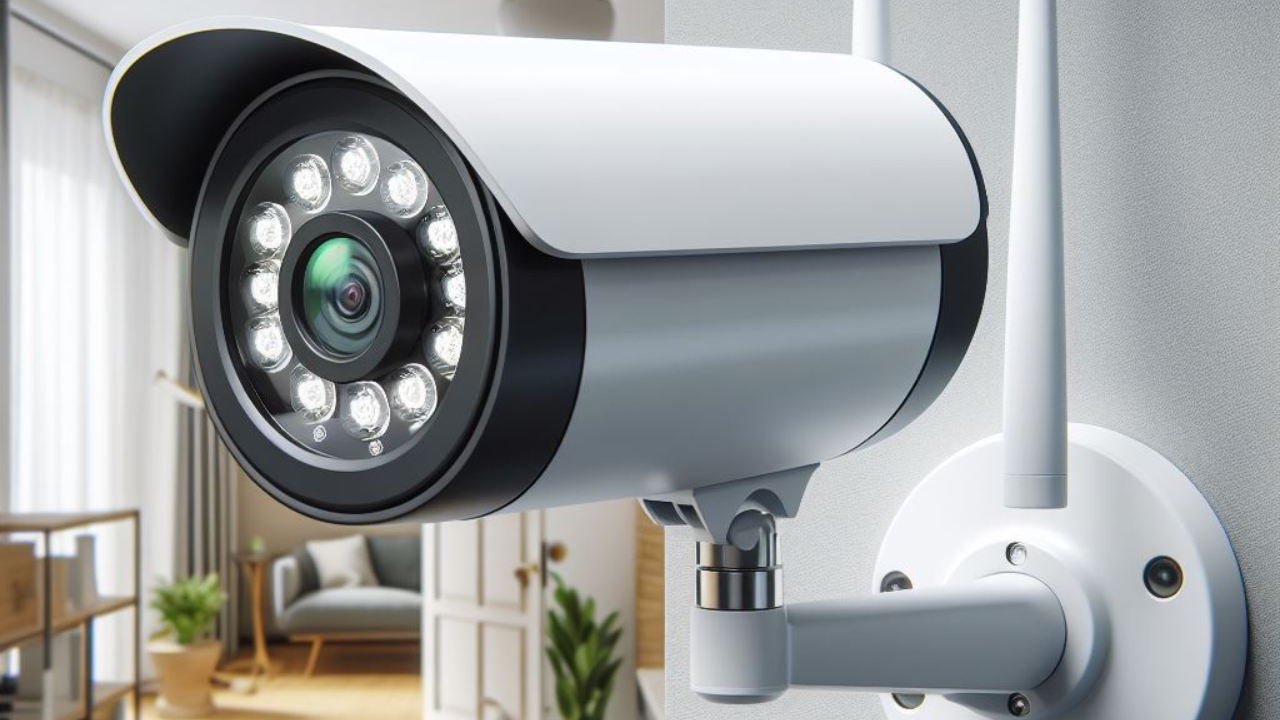
- These cameras offer high-definition video streaming and recording and can be used for a variety of applications, such as surveillance, security, and video conferencing.
- They typically have a resolution of 1080p or higher, and they can be connected to a network to allow remote viewing and recording.
Thermal Cameras:
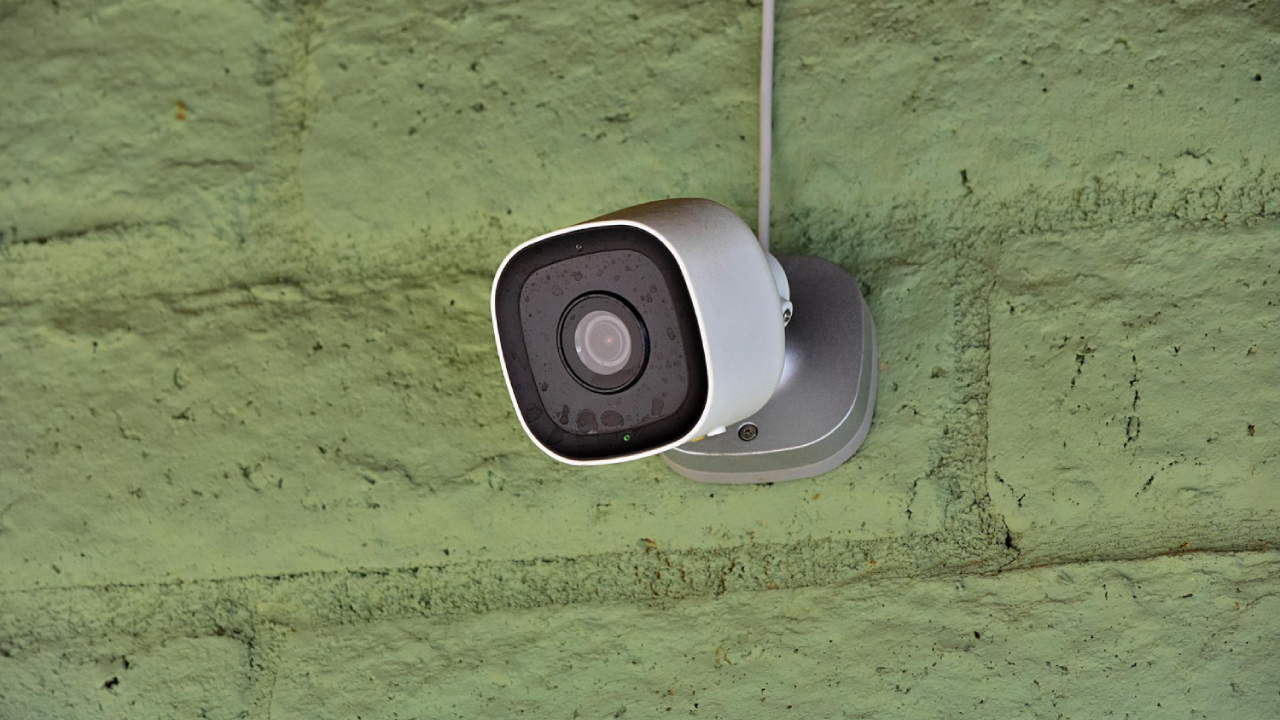
- These cameras can detect and image heat, making them ideal for night vision and other low-light conditions. They can also be used in industrial applications, such as quality control and machine monitoring.
- Thermal cameras typically have a lower resolution than HD IP cameras, but they are able to see through smoke and darkness.
4K IP cameras:
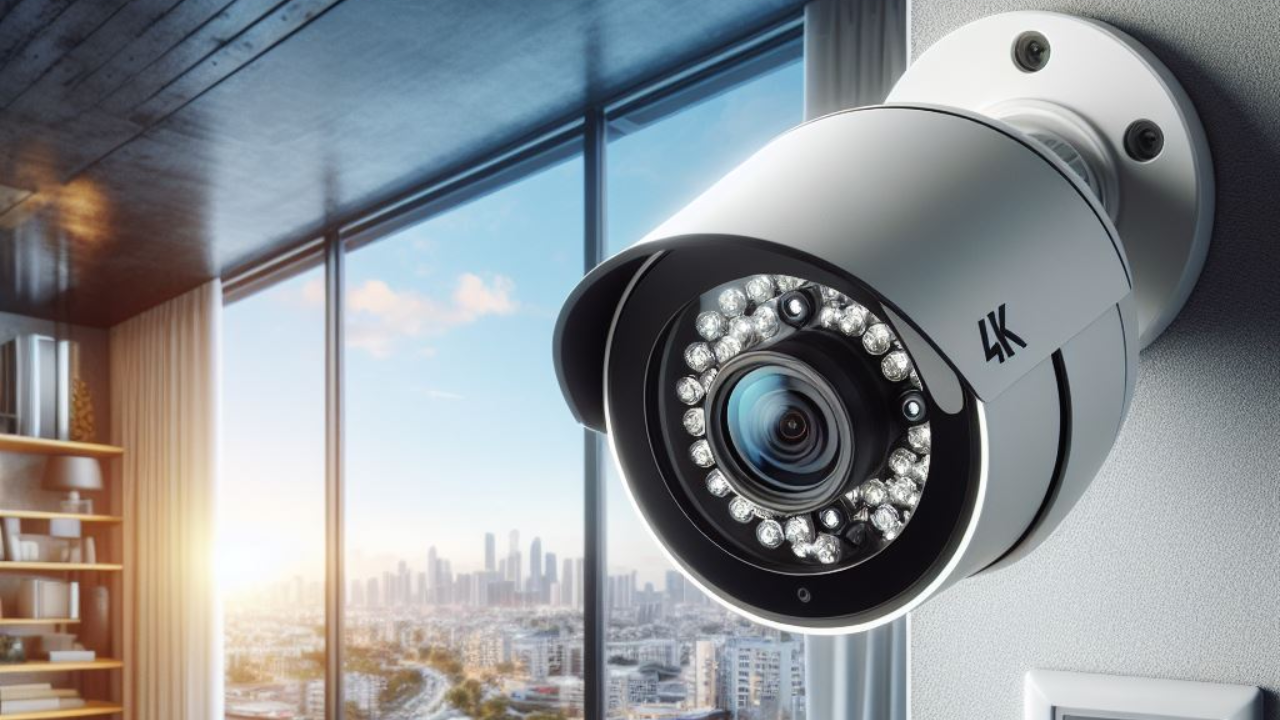
- These cameras offer ultra-high-definition video streaming and recording, making them ideal for demanding applications such as video surveillance and video production. 4K IP cameras typically have a resolution of 3840x2160 pixels, which is four times the resolution of HD IP cameras.
360-degree cameras:
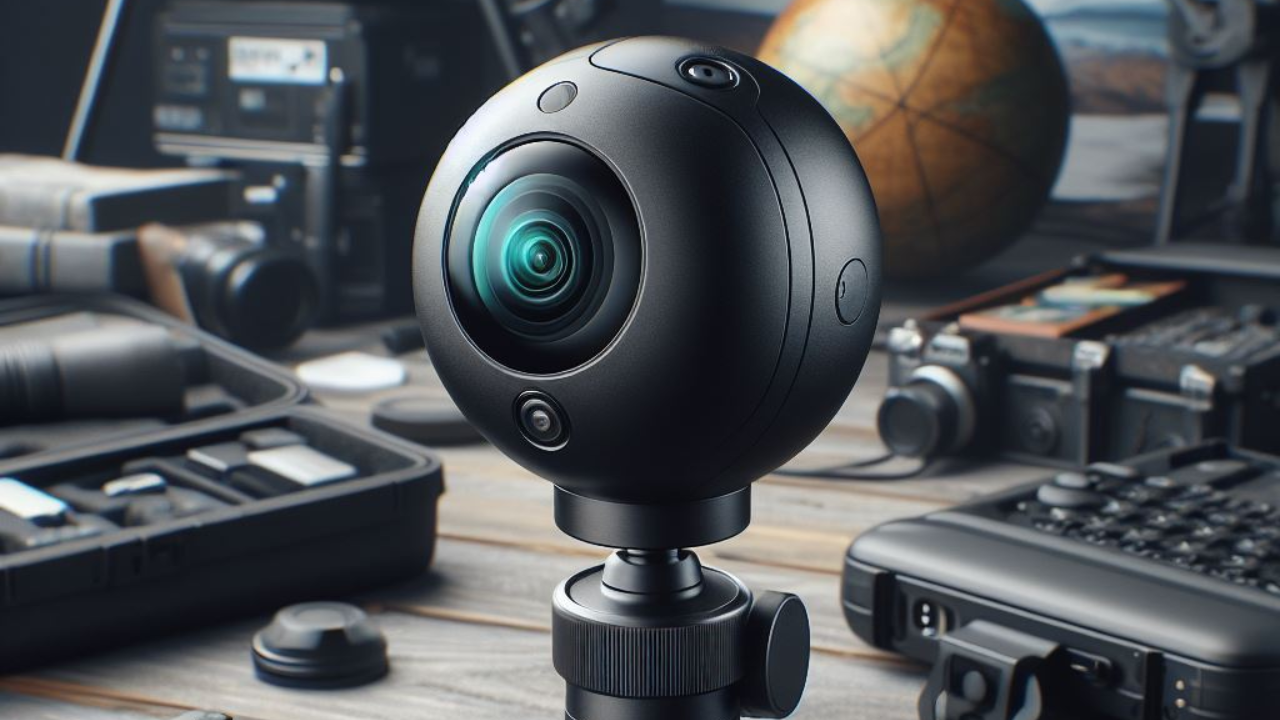
- These cameras provide a panoramic view of their surroundings, making them ideal for security and surveillance applications.
- 360-degree cameras typically have multiple lenses that are stitched together to create a single image or video.
PTZ cameras:
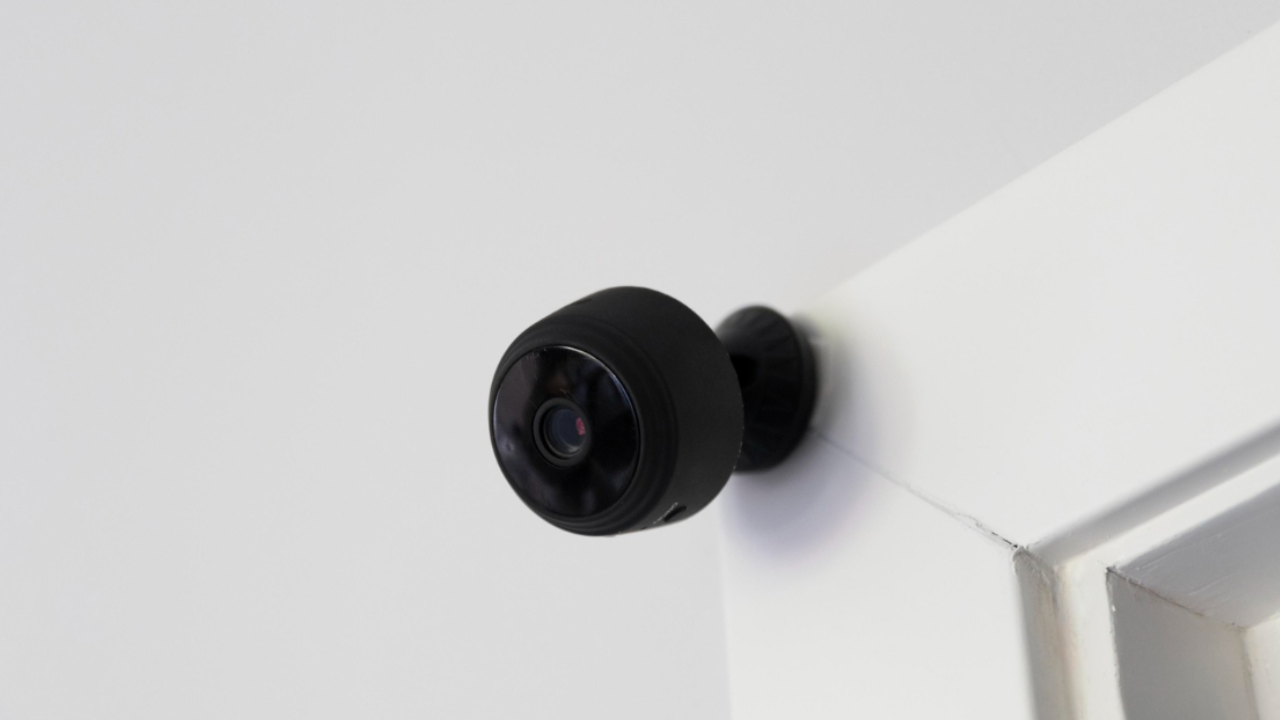
- These cameras can be tilted and zoomed remotely, making them ideal for tracking objects of interest.
- PTZ cameras are typically used for security and surveillance applications, but they can also be used for video conferencing and other applications.
License plate cameras:
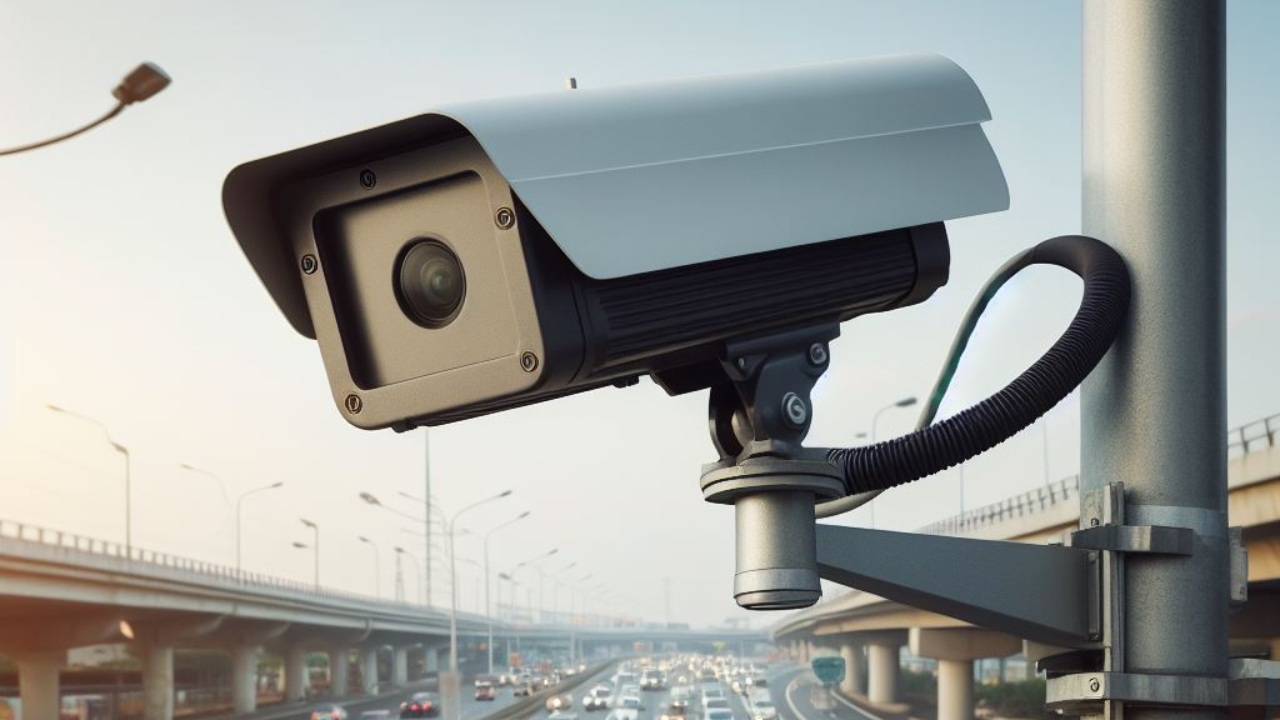
- These cameras are designed to capture clear images of license plates, making them ideal for traffic enforcement and parking management applications.
- License plate cameras typically have a high resolution and a wide field of view, so they can capture license plates from a distance.
Body-worn cameras:
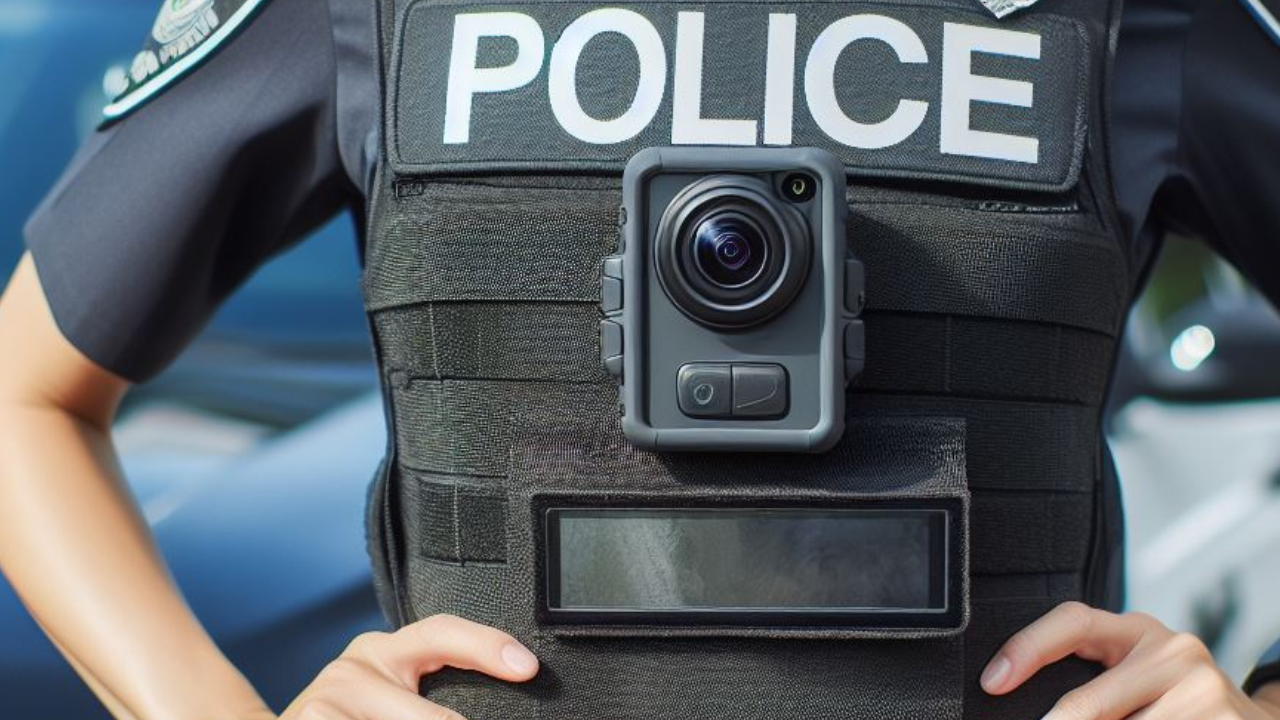
- Police officers and other security personnel wear these cameras to record videos of their interactions with members of the public.
- Body-worn cameras are typically small and lightweight, and they can be mounted on a uniform or vest.
Action Cameras:
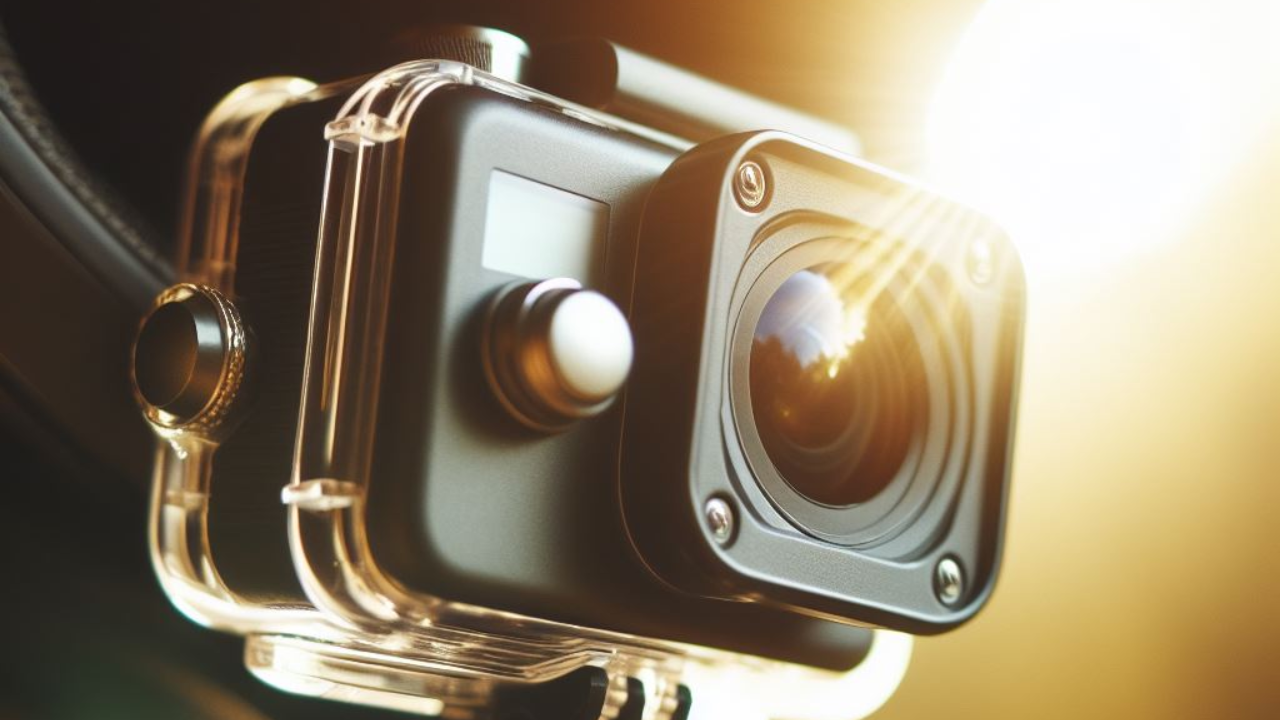
- These cameras are small, lightweight cameras that are designed to be used in active situations. They are typically waterproof and shockproof, and they can be mounted on a variety of surfaces, such as helmets, handlebars, and chest straps.
- Action cameras are often used to record extreme sports, such as skiing, snowboarding, and surfing, but they can also be used for everyday activities like family vacations and travel.
Sports Cameras:
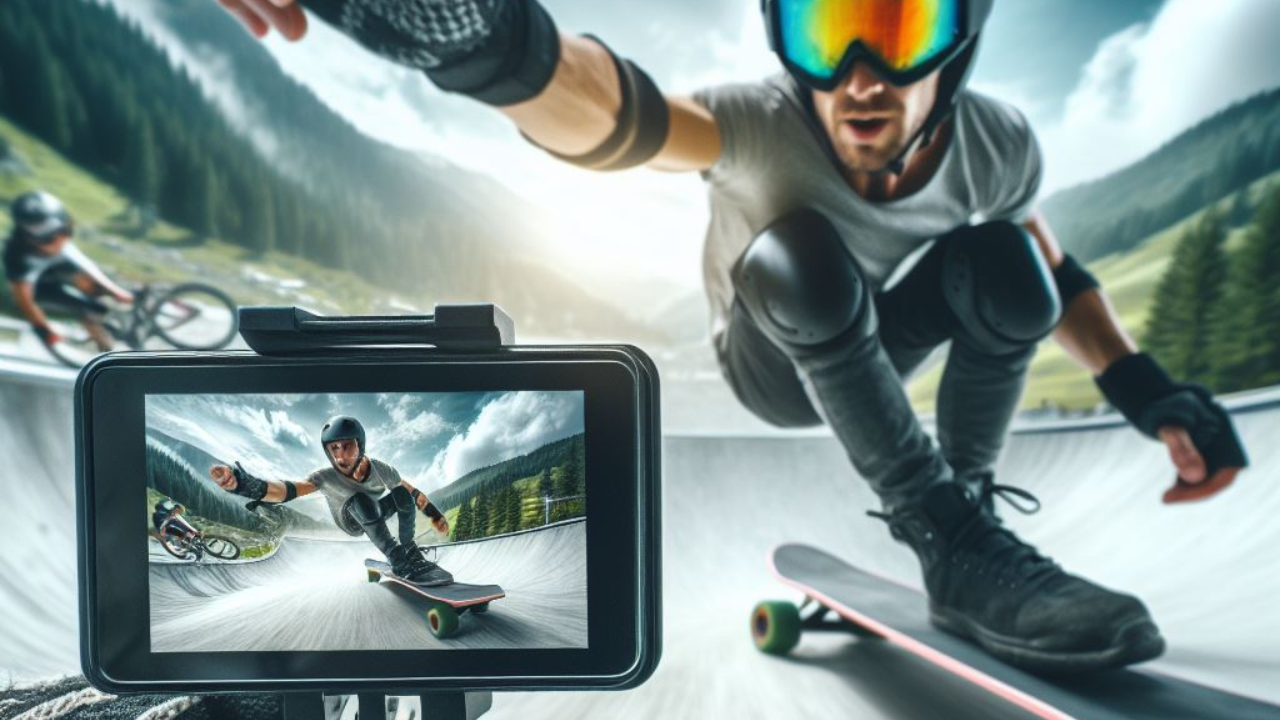
- Sports cameras are designed to be used specifically for recording sports activities. They typically have high-quality lenses and image sensors, and they can record video in high definition.
- Two characteristics that are frequently found on sports cameras are zoom and slow-motion recording.
- Amateur athletes and fans can use sports cameras to capture their favorite moments, but professional athletes and coaches frequently use them to evaluate performance and perfect technique.
Wildlife Cameras:

- Wildlife cameras are designed to be used in remote locations to capture images and videos of wildlife. Wildlife cameras, camouflaged to blend in with their surroundings, typically activate in response to heat or motion.
- Amateur photographers can use these cameras to capture breathtaking images of animals in the wild, while researchers and conservationists employ them to study wildlife behavior.
Here's a brief overview of how they work:
- Advanced Sensors: InnoCams are equipped with state-of-the-art sensors that can capture a wide range of data, including visible light, infrared, thermal, and even depth information. These sensors provide a rich source of data for the camera to work with.
- Machine Learning and AI: InnoCams leverage machine learning and artificial intelligence (AI) algorithms to process the data collected by their sensors. This allows them to identify objects, recognize patterns, and make intelligent decisions in real time.
- Multimodal Imaging: InnoCams excel at capturing and fusing multiple types of data simultaneously. For instance, they can combine visible and infrared images to provide detailed information even in low-light conditions.
- Real-time Processing: InnoCams process data on the fly, enabling them to respond quickly to changing environments and scenarios. This real-time processing capability is particularly useful in various applications, as we will explore later.
- Connectivity: InnoCams are often equipped with connectivity options, allowing them to transmit data and images to remote servers or devices for further analysis or storage. InnoCams represent a convergence of hardware innovation, software intelligence, and data analysis, making them a powerful tool with a multitude of applications.

What are the potential applications of InnoCams?
The versatility of InnoCams opens up a world of possibilities across various domains. Let’s explore some of the potential applications where InnoCams is making a significant impact.
Improving Medical Imaging:
- Improving Medical Imaging: In the field healthcare, InnoCams are being used to revolutionize medical imaging. They can capture high-resolution images, detect anomalies, and provide real-time data to medical professionals. For example, InnoCams can assist in early disease detection, enhance surgical procedures, and monitor patients' vital signs.
- Enhancing Security: InnoCams are also contributing to improved security systems. They can be employed for facial recognition, object tracking, and perimeter surveillance. With their ability to see in various spectra, InnoCams can spot potential threats that may be invisible to the naked eye, such as concealed weapons or intruders in the dark.
- Optimizing Industrial Inspection: Industries are adopting InnoCams for quality control and inspection tasks. These cameras can detect defects in manufacturing processes, inspect infrastructure for structural issues, and monitor equipment for signs of wear and tear. InnoCams are capable of performing these tasks more efficiently and accurately than traditional methods.
- Enhancing Autonomous Vehicles: InnoCams play a crucial role in the development of autonomous vehicles. They provide essential visual data for self-driving cars and trucks to navigate safely. The combination of InnoCams with AI algorithms enables these vehicles to make split-second decisions to avoid obstacles and ensure passenger safety.
- Environmental Monitoring: InnoCams can monitor environmental conditions such as air quality, temperature, and pollution levels. They aid in disaster management by providing real-time data during natural disasters like wildfires, floods, and earthquakes.
- Agriculture and Precision Farming: In the agriculture sector, InnoCams helps farmers optimize crop management. They can assess crop health, detect pests or diseases, and analyze soil conditions, allowing for more efficient and sustainable farming practices. Innovative agricultural technologies also benefit greatly when paired with a robust agriculture business plan to maximize impact.
- Virtual and Augmented Reality: InnoCams contribute to the immersive experiences of virtual and augmented reality applications. They enable the accurate tracking of movements and gestures, enhancing the user's interaction with digital environments.
- These are just a few examples of the myriad applications where InnoCams are making a significant impact. Their ability to provide rich, real-time data in diverse scenarios is driving innovation across industries.
How Are InnoCams Being Used in the Real World?
InnoCams have transcended the realm of theory and experimentation, finding practical applications in various industries. Let’s take a closer look at some real-world use cases:
1. Medical Imaging Advancements:
- In the field of medicine: InnoCams have led to remarkable advancements. In robotic surgery systems, InnoCams provide high-resolution imaging and real-time data analysis, helping surgeons perform precise, minimally invasive procedures. In emergency rooms, InnoCams help doctors quickly assess patients' conditions and prioritize care.
2. Security and Surveillance:
- In the realm of security: InnoCams are deployed in airports, border control, and critical infrastructure facilities. They can identify suspicious behavior, track individuals of interest, and enhance overall security measures. InnoCams with facial recognition capabilities are employed for access control and identity verification.
3. Industry 4.0:
- The industrial sector has embraced: InnoCams to boost efficiency and safety. For example, in manufacturing plants, InnoCams inspects products for defects with unparalleled precision. In the energy sector, they monitor the condition of equipment and detect potential failures, preventing costly downtime.
4. Autonomous Vehicles:
- Self-driving cars rely heavily on: InnoCams to navigate complex road environments. These cameras provide a 360-degree view of the vehicle's surroundings, allowing it to make split-second decisions to ensure passenger safety. InnoCams are instrumental in making autonomous transportation a reality.
5. Environmental Monitoring:
- InnoCams: Play a crucial role in environmental monitoring. They are deployed in remote areas to track changes in ecosystems, monitor wildlife, and detect environmental hazards. For example, they are used to study the effects of climate change in polar regions.
6. Precision Agriculture:
- In agriculture: InnoCams are integrated into precision farming systems. They assess soil conditions, identify crop stress, and optimize irrigation. By providing data-driven insights, InnoCams helps farmers increase crop yields while conserving resources.
7. Entertainment and Gaming:
- In the entertainment industry: InnoCams are used in virtual reality (VR) and augmented reality (AR) applications. They track user movements and gestures, enabling immersive gaming experiences and realistic simulations.
- These real-world applications demonstrate the transformative potential of InnoCams across diverse sectors, enhancing productivity, safety, and quality of life.
Benefits of Using Innocams
There are a number of benefits to using InnoCams cameras, including:
- High-quality video: InnoCams cameras offer high-quality video streaming and recording, making them ideal for a variety of applications, such as surveillance, security, and video conferencing.
- Wide range of camera types: InnoCams offers a wide range of camera types to suit different needs and applications. This means that you can find the perfect camera for your specific needs, whether you are looking for a camera for surveillance, security, home monitoring, or wildlife photography.
- Affordable prices: InnoCams cameras are offered at affordable prices, making them affordable and cost-effective.
- Easy to use: InnoCams cameras are easy to use and install. Even if you are not tech-experienced, you should be able to set up and use an InnoCams camera without any difficulty.
- Reliable performance: InnoCams cameras are known for their reliable performance. High-quality components build them, and they come with a warranty.
What are the challenges and limitations of InnoCams?
While InnoCams hold immense promise, they also face challenges and limitations that must be addressed for their widespread adoption:
1. Cost:
- InnoCams can be expensive to develop and manufacture, making them less accessible to smaller businesses and industries with limited budgets. Reducing production costs will be crucial for broader adoption.
2. Privacy Concerns:
- The advanced capabilities of InnoCams, especially in security and surveillance, raise significant privacy concerns. Striking a balance between security and individual privacy remains a complex challenge.
3. Data Processing:
- InnoCams generate vast amounts of data, which must be processed in real time. This places a substantial burden on computing resources and necessitates robust data management and analysis solutions.
4. Environmental Impact:
- The production and disposal of electronic devices, including InnoCams, have environmental consequences. Manufacturers need to consider sustainable materials and recycling options.
5. Security Vulnerabilities:
- InnoCams can become targets for cyberattacks, potentially compromising their functionality and data integrity. Ensuring robust cybersecurity measures is essential.
6. Ethical Concerns:
- The use of InnoCams in certain applications, such as autonomous weapons or invasive surveillance, raises ethical questions about their impact on society and human rights.
7. Regulatory Hurdles:
- Different regions have varying regulations regarding the use of InnoCams, especially in sensitive areas like healthcare and security. Harmonizing these regulations will be essential for widespread adoption. Addressing these challenges and limitations will be crucial for realizing the full potential of InnoCams while ensuring responsible and ethical use.
Hire our professional business plan writers now!
What Is the Future of InnoCams?
The future of InnoCams holds tremendous promise, with several exciting developments on the horizon:
1. Enhanced Accessibility:
- As technology evolves: The cost of manufacturing InnoCams is expected to decrease, making them more accessible to a broader range of industries and applications.
2. Miniaturization:
- InnoCams: are likely to become smaller and more compact, enabling their integration into a wider array of devices, including smartphones, wearables, and drones.
3. AI Advancements:
- The continued advancement of: AI and machine learning will enhance the capabilities of InnoCams, enabling them to perform more complex tasks and adapt to dynamic environments.
4. Sustainability Focus:
- Manufacturers are increasingly focusing on sustainability, leading to the development of eco-friendly InnoCams with reduced environmental impact.
5. Ethical Frameworks:
- As the use of: InnoCams expands, ethical frameworks and regulations are expected to evolve to address concerns related to privacy, security, and responsible use.
6. Integration with IoT:
- InnoCams: Will play a central role in the Internet of Things (IoT) ecosystem, providing critical visual data for connected devices and systems.
- In the end, InnoCams represent a transformative leap in imaging technology, offering a variety of possibilities across industries. While InnoCams face challenges, ongoing research and development efforts are poised to unlock their full potential, shaping a future where InnoCams play an integral role in our daily lives.
Conclusion
InnoCams are not just cameras; instead, they are the embodiment of innovation, intelligence, and endless possibilities. Their ability to capture and process data in real time is changing the way we approach healthcare, security, industry, and many other fields. As InnoCams continue to grow and overcome their limitations, we can expect to see even more remarkable applications that enhance our lives and the world around us. The future of InnoCams is bright, and we are just beginning to scratch the surface of their potential.

